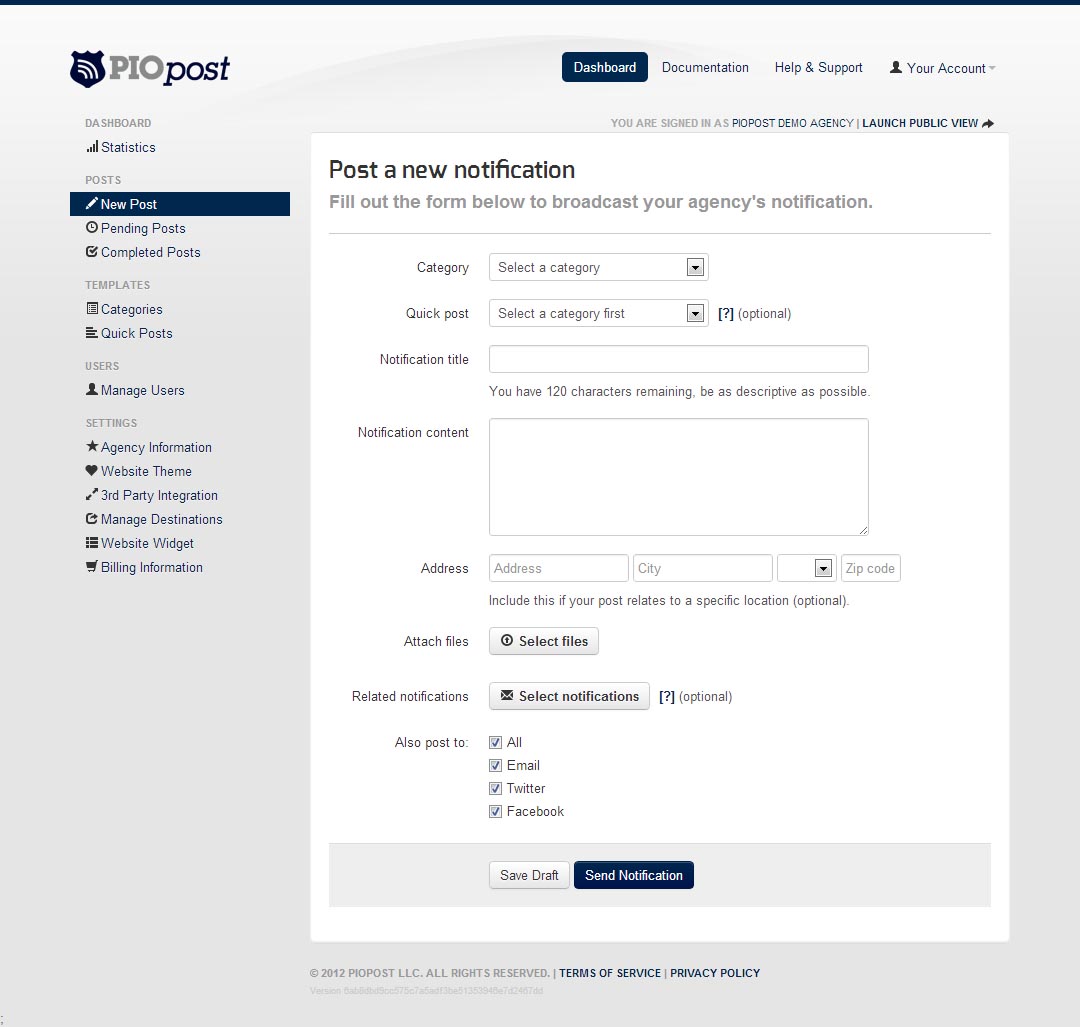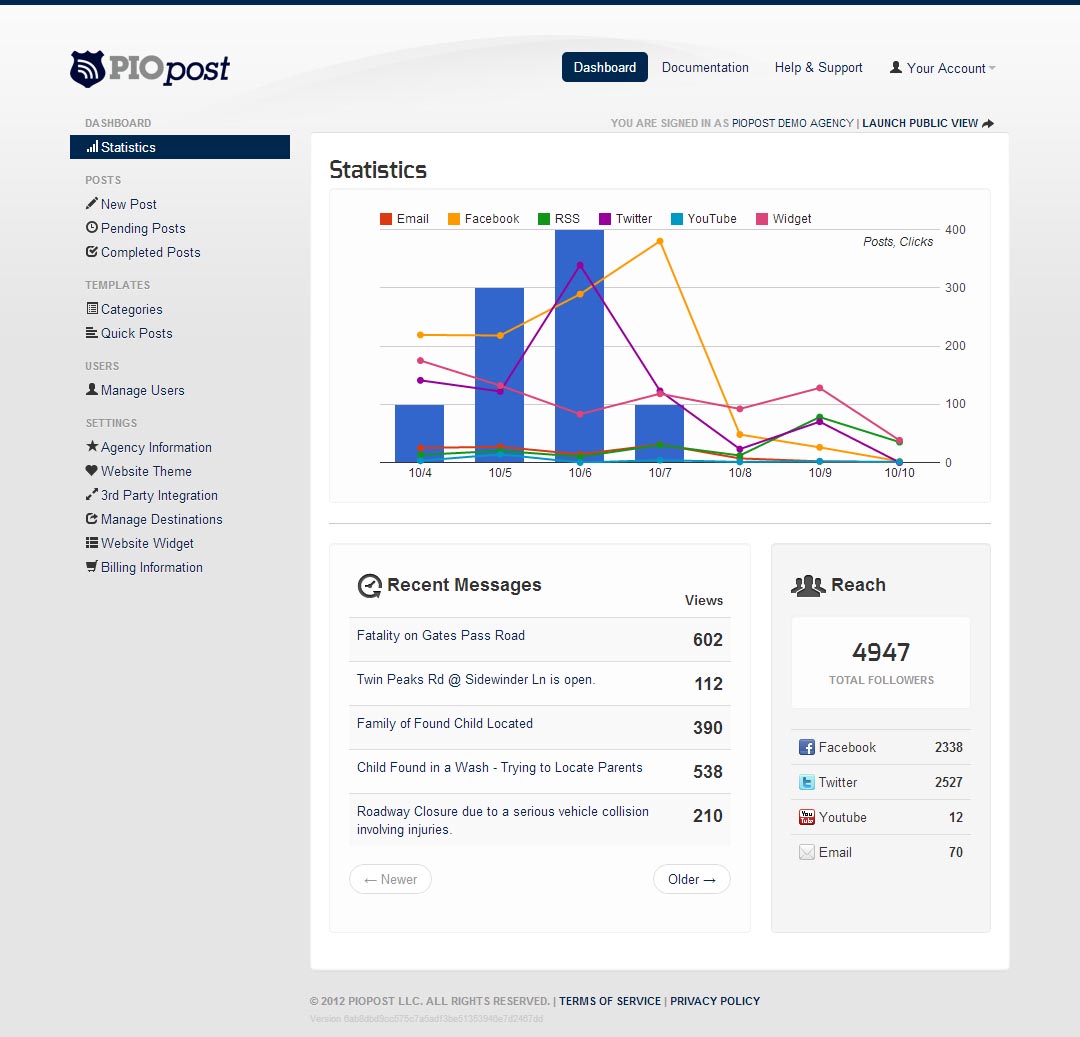Just weeks into launching its Electronic Communications Triage Unit (eComm) the Los Angeles County Sheriff’s Department (LASD) is learning new ways to prevent crime. By monitoring social networks, now 24/7, the LASD has gotten ahead of hundreds of pay parties openly advertising illegal drugs and underage drinking. Captain Mike Parker commands the Sheriff’s Headquarters Bureau (SHB) and coordinates the Department’s media and public outreach. “These types of parties tend to generate violent crimes,” he said.
The LASD deputies are having to learn new policing techniques. Parker explained, “our deputies are used to rolling up when these events are well underway. Our deputies aren’t used to getting clear information that there’s going to be a party with a lot of illegal activity and troublemakers.” While some call it predictive policing, Parker is quick to point out that it’s mostly about paying attention.
The pay parties that are openly advertised through Twitter and Facebook are also popular with gang members, who are also monitoring social media.
Events at private residences which charge admission fees and sell alcohol without a permit are illegal in Los Angeles County. Parker says these events are openly advertised for the world to see on social media and often include comments such as free to girls wearing short skirts, lots of illegal drugs and heavy drinking, and no effort to restrict minors from attending.
The LASD SHB eComm team is careful to forward on only those events which openly advertise illegal activity.
With regard to flash mobs “you don’t necessarily know if they’re going to do a little dance or something more.”
Intel regarding flash mobs is sent on to the handling station or agency for “situational awareness” purposes only along with a reminder of the public’s First Amendment right to peaceably assemble. Parker explains when you know something is going to happen days in advance, you can do a lot to get ready, like reallocate officers for crowd and traffic control. They “literally paste[s] the first amendment into the email” when it is sent to the field:
“This notification from LASD SHB eComm is for situational awareness of possible impending gatherings or protests, so that the law enforcement can prepare for traffic and crowd control needs while the public exercises their rights guaranteed under the First Amendment of the U.S. Constitution.”
U.S. Constitution – Amendment 1 – Freedom of Religion, Press, Expression
“Congress shall make no law respecting an establishment of religion, or prohibiting the free exercise thereof; or abridging the freedom of speech, or of the press; or the right of the people peaceably to assemble, and to petition the Government for a redress of grievances.”
The eComm Unit includes one civilian Social Media Dispatcher (previously assigned station desk dispatchers) around the clock, supervised by Public Information Officer LASD Sheriffs Headquarters Bureau eComm deputies.
“Sheriff Lee Baca recognized the importance of sharing information via social media as well as monitoring and listening,” said Parker. “This is just a fraction of the responsibilities and successes of SHB eComm, which continue to expand each day.”












